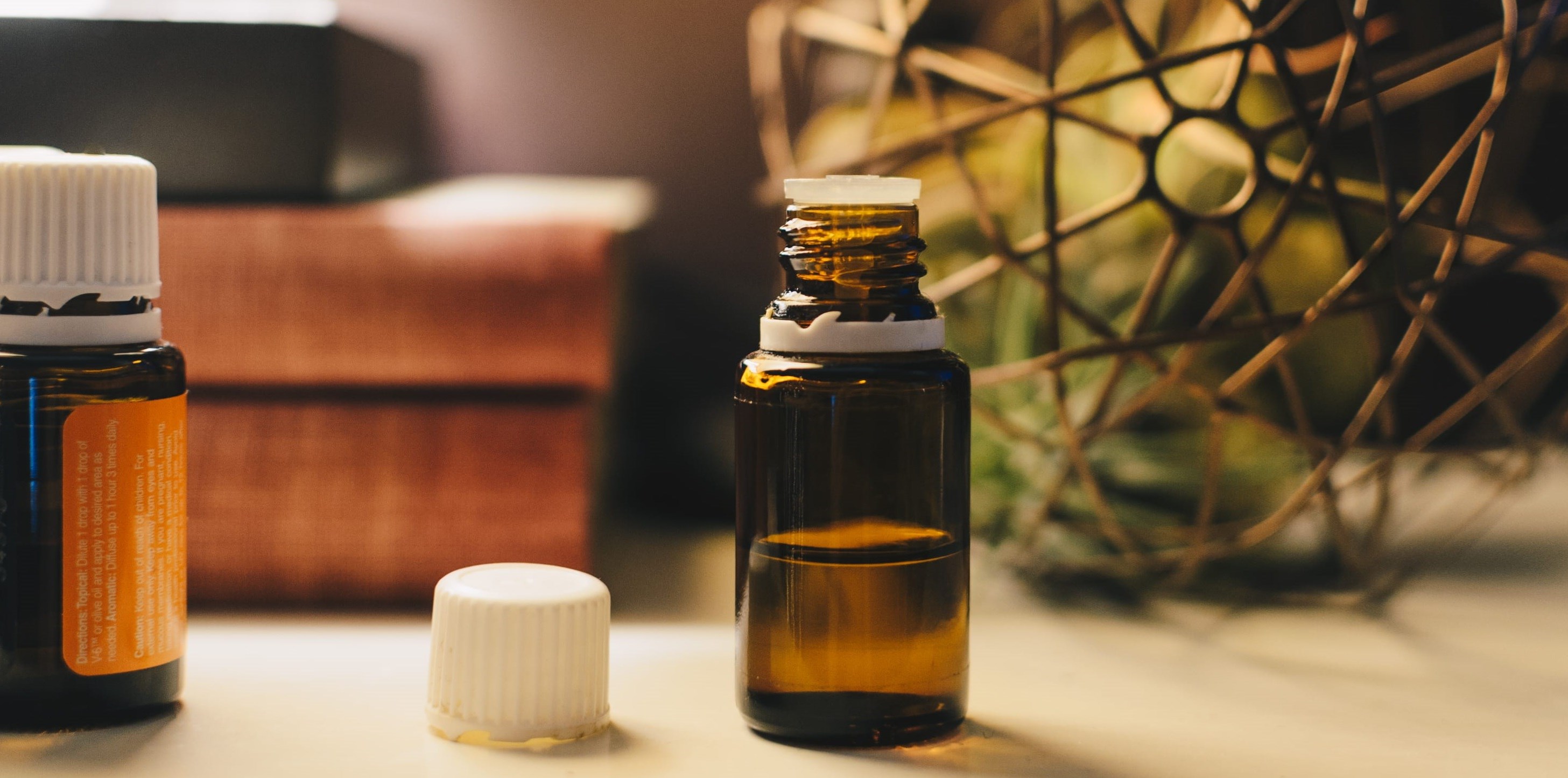
How consumers perceive sustainable products
They tend to see green heavy-duty cleaners as ineffective, but love green gentle products such as body lotions, write Sveinung Jørgensen, Lars Jacob Tynes Pedersen and Siv Skard in LSE Business Review.
When tire producers started launching recycled tires, truck drivers were sceptical. They didn’t trust the quality and assumed that there had to be a trade-off with the durability and effectiveness of the tires.
Similarly, when there is a flu epidemic or pipes are clogged, consumers systematically choose the non-sustainable hand disinfectants and drain openers. Consumers are afraid that the contents of green products don’t work effectively and that they are not as effective as regular products.
Therefore, products for which functional effectiveness is an important characteristic might have a sustainability liability.
Consumers, however, respond in the opposite way to so-called “gentle” products with sustainable contents, such as a body lotion. For such products, sustainability can be a quality indicator – seen as an asset by consumers.
In a recent study, we uncover new insight into when “sustainability liability” and “sustainability asset” effects occur. We investigated whether any type of green product attribute produces the sustainability liability effect (for strong products) and the sustainability asset effect (for gentle products).
This topic is highly relevant for business in a time where more and more companies launch different kinds of green products, such as bottles of recycled plastics, food products with only natural ingredients, recyclable packaging, and so on.
Our study took as point of departure the previously demonstrated sustainability liability for green products in strong product categories, where consumers value strength and effectiveness. But do necessarily all products have such a sustainability liability? Would we be equally concerned about quality trade-offs if the strength of the product was not an important characteristic, such as for baby shampoo? Furthermore, is the liability as strong in the case of green packaging as when the actual contents of the product are green?
We investigated these questions in a series of four experiments and a so-called meta-analysis, which smokes out the overall effect across all four studies. We chose two product categories – one gentle and one strong, and we distinguished between central green attributes (related to the product itself) and peripheral green attributes (related to the packaging).
In collaboration with the Norwegian consumer goods company Orkla, which is a corporate partner in our research project, we created two fictitious product series, “SERA” and “Aveno”, and produced physical bottles with body lotion (mild product category) and drain opener (strong product category). For each of the product categories, we made one version labelled “100% natural ingredients” and one version labelled “100% recycled materials”, in addition to the regular product.
Our findings reveal an interesting pattern of considerable importance to companies that want to launch green products. For products in so-called strong categories – drain openers, hand disinfectants, and so on – we find a sustainability liability. Consumers systematically expect such green products to be less effective, and they are less attracted to these products. This holds both when the contents and the packaging (that is, both central and peripheral attributes) are green. In our field study, we even find that consumers use more drain opener when it is labelled “sustainable”. This is behavioural evidence that consumers perceive green products as less effective, and it has the paradoxical effect that consumers overuse green products.
This means that even when a completely regular drain opener is placed in a recycled bottle, consumers associate it with ineffectiveness – even though its contents are identical as in the regular product!
For gentle product categories – such as body lotion and baby shampoo – our study reveals other, clear tendencies. Here, we find the opposite result – sustainability is an asset: Consumers systematically perceive the products to be better, and they are also more inclined to prefer them. However, this only holds when the contents are green – not when the green attribute is recycled packaging.
These results have important implications for the question of whether sustainability can be good business. As our results show, consumers perceive green products very differently depending on the product category to which they belong. Of course, this does not mean that companies should only launch green versions of products in gentle categories and avoid sustainability characteristics in strong product categories. On the contrary, the natural follow-up question is: How can companies convince their customers that green products in strong categories can also be trusted? Can they for instance use different kinds of “nudges” or other interventions that can make these products more attractive in the eyes of the consumer? Perhaps they even need to change their business models, as Michelin did for their recycled tires, for which truck drivers now pay per mile driven.
We are now in the process of investigating these questions in several follow-up studies – and this knowledge is needed for companies that aim to contribute to a sustainable and profitable future.
This blog post - first published in LSE Business Review - is based on When is Sustainability a Liability, and When Is It an Asset? Quality Inferences for Core and Peripheral Attributes, Journal of Business Ethics, 2020.